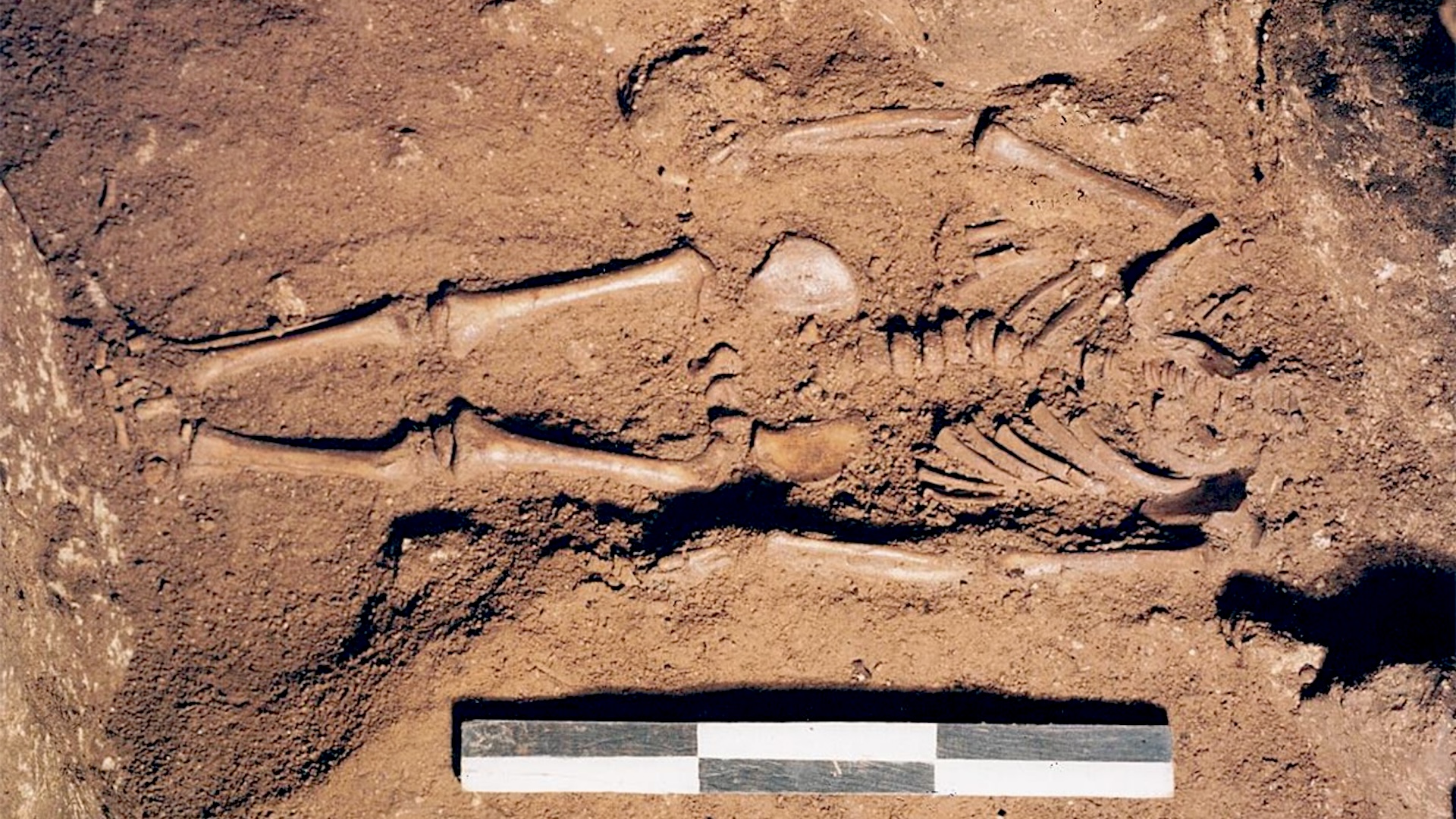Remote Sensing, Vol. 15, Pages 4974: Faster and Lightweight: An Improved YOLOv5 Object Detector for Remote Sensing Images
Remote Sensing doi: 10.3390/rs15204974
Authors: Jiarui Zhang Zhihua Chen Guoxu Yan Yi Wang Bo Hu
In recent years, the realm of deep learning has witnessed significant advancements, particularly in object detection algorithms. However, the unique challenges posed by remote sensing images, such as complex backgrounds, diverse target sizes, dense target distribution, and overlapping or obscuring targets, demand specialized solutions. Addressing these challenges, we introduce a novel lightweight object detection algorithm based on Yolov5s to enhance detection performance while ensuring rapid processing and broad applicability. Our primary contributions include: firstly, we implemented a new Lightweight Asymmetric Detection Head (LADH-Head), replacing the original detection head in the Yolov5s model. Secondly, we introduce a new C3CA module, incorporating the Coordinate Attention mechanism, strengthening the network’s capability to extract precise location information. Thirdly, we proposed a new backbone network, replacing the C3 module in the Yolov5s backbone with a FasterConv module, enhancing the network’s feature extraction capabilities. Additionally, we introduced a Content-aware Feature Reassembly (content-aware reassembly of features) (CARAFE) module to reassemble semantic similar feature points effectively, enhancing the network’s detection capabilities and reducing the model parameters. Finally, we introduced a novel XIoU loss function, aiming to improve the model’s convergence speed and robustness during training. Experimental results on widely used remote sensing image datasets such as DIOR, DOTA, and SIMD demonstrate the effectiveness of our proposed model. Compared to the original Yolov5s algorithm, we achieved a mean average precision (mAP) increase of 3.3%, 6.7%, and 3.2%, respectively. These findings underscore the superior performance of our proposed model in remote sensing image object detection, offering an efficient, lightweight solution for remote sensing applications.

 1 year ago
39
1 year ago
39


